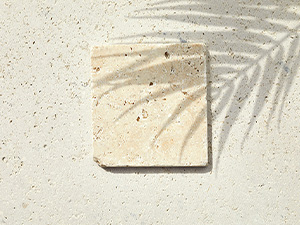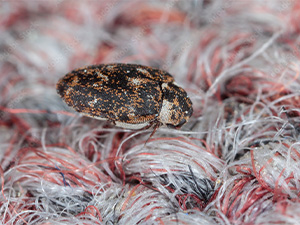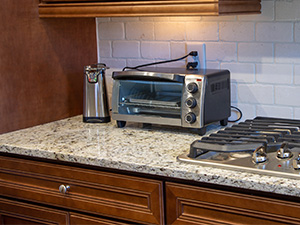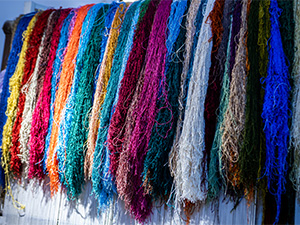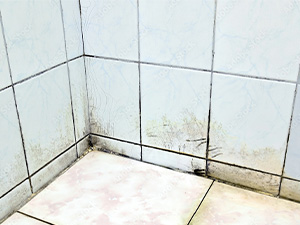Limestone Selection and Care
For anyone considering having limestone installed, as well as anyone with an existing installation, read this article to learn where limestone works best, why limestone is not suitable for wet areas, and how to care for limestone.
